Malakand District
Trend Analysis
Demographics | 1998 | 2017 |
Area SqKms | 952 | 952 |
Population | 452291 | 720295 |
Population Density / SqKm | 475.1 | 757 |
Urban Population | 43179 | 72345 |
Rural Population | 409112 | 614532 |
Total Housing Units | 29723 | 91414 |
Housing Units having Electricity | 40460 | 60897 |
Housing Units Having Piped Water | 11624 | 25625 |
Housing Unit using Gas for cooking | 2743 | 4489 |
Source: Pakistan Bureau of Statistics
Outline
The District of Malakand is a district of great geographical importance as it connects Swat, Lower and Upper Dir and Chitral with main cities of KP, like Peshawar, Mardan and Nowshera etc. Besides its geography, the future development of this district relies on sectoral refinement of mining, agriculture and horticulture sectors. The area is also suitable for olive tree cultivation and in 2005 Pakistan Oil Seed Development Board initiated a project with assistance from Instituto Agronomico Per L’Oltremar (IAO), a scientific and technical branch of the Italian Ministry of Foreign Affairs to provide technical support to farmers in the areas with potential for olive cultivation in an effort to produce edible oil. Olive cultivation has the potential to ease together with other crops the burden of the import bill for edible oil. 30 employees of PODB and 600 farmers from KP were trained by the project authorities and farmers were also provided saplings on concession rates.
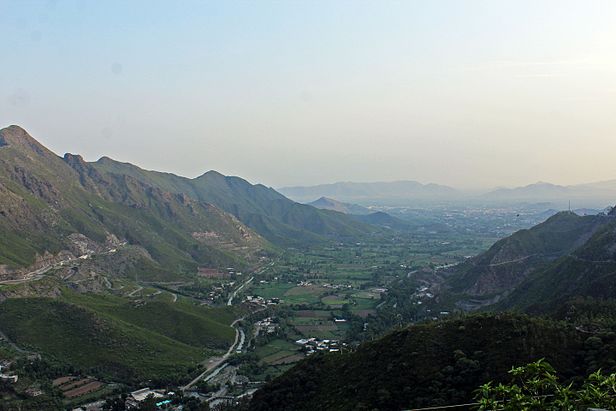
1. Mining Sector
Snapshot
Malakand District is known to have considerable reserves of various metallic, non-metallic and industrial minerals. Common among these are Slate stone (100 tons), Marble (500 Million tons), Granite (1000 Million tons) and Chromite (4584 tons). Due to presence of such materials, the district can serve as a Hub of Construction Material if given proper attention.
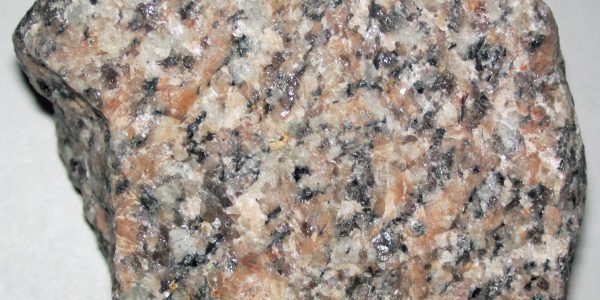
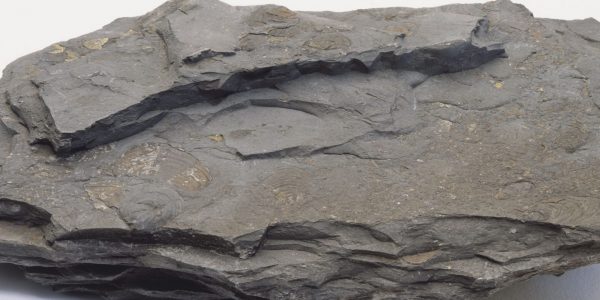
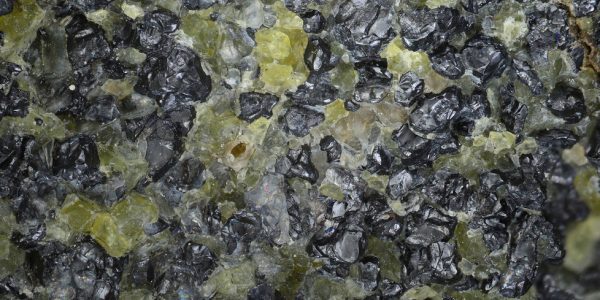
Strengths
- Considerable reserves of various metallic, non-metallic and industrial minerals.
Opportunities
In order to overcome the above mentioned challenges faced by the industry, and make it more competitive for global market, following policy recommendations can be adopted:
- The office of KP Mineral Development Department and Pakistan Stone Development Company should offer regular assistance to industry in general on modern mining techniques, equipment handling and environmental safety.
- KP Mineral Development Department needs to prepare an Investor’s Brief that clearly quantify / identify the potential of mining minerals in the area, and state the current level of investigation for the total amount of minerals available.
- Seek help from Agha Khan Foundation and Network for financing and local participation. They can also assist in opening the international markets for local products.
- To increase accessibility of local mine and industry owners to finance, KP Government can use following options:
- Establish a ‘Mineral Development Bank’ for financial and technical support of mining industry.
- Encourage all state owned and private banks to offer Islamic banking to the local owners.
2. Horticulture
Snapshot
In horticulture sector, Malakand District produces more than 27,000 tons of fruits and vegetables annually. The total fruit production alone is percentage wise third highest in KP province. In particularly, the orange (malta) of Malakand is quite famous around Pakistan, is of export quality as well. Given the advent of CPEC in KP, it is high time that the horticulture of Malakand District is given a boost so that it can become a major “Fruit Supply Centre” to China and Central Asia.
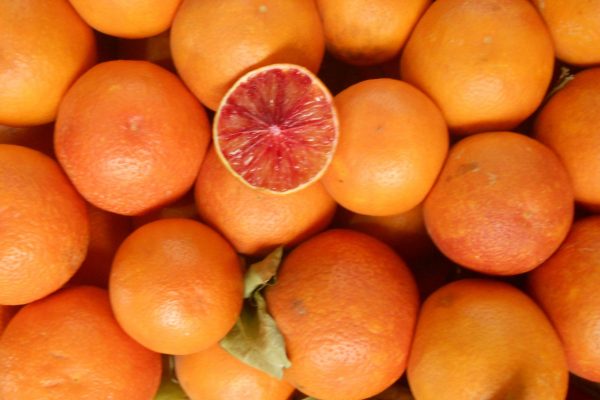
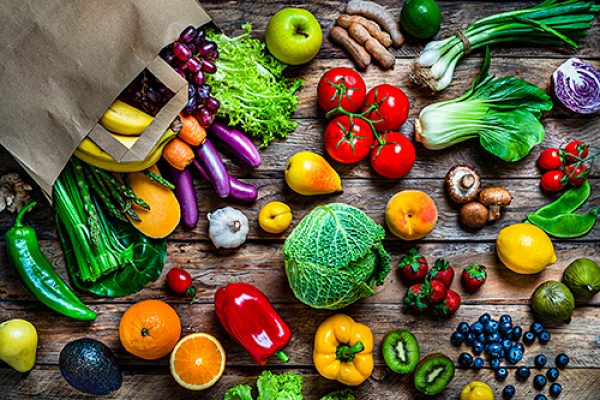
Strengths
- Production of more than 27,000 tons of fruits and vegetables annually – third highest producer in KP.
Opportunities
To expand the export of fruits and to develop the sector, following steps can be taken:
- Assisting the local farmers in restoring and expanding their farms in cooperation with USAID or other donor agencies and concerned department of University of Peshawar.
- Regular workshops and seminars should be conducted to educate farmers on modern farming techniques. In this regard, assistance from USAID or other international donors could also be sought.
- Secretariat of Commerce can facilitate the apple farmers in establishing new linkages with foreign buyers, in Middle East, Central Asia, China and Eastern Europe –– since these regions would now be more easily connected to Swat via CPEC and corresponding OBOR trade network.
- Food companies, specialized in making fruit based products –– juices, marmalades jams, yoghurts, creams etc. can be invited to setup their processing plants in the area.
- ’Private regulated markets’ can be introduced in the region, which not only can increase the productivity of horticulture but would also benefit both consumers and sellers. For this, these steps are needed to be taken:
- Streamline the management structure.
- Educate the farmers and distributors about the value of hygiene and value addition, and ensure they provide quality products.
- Promote gradual institutional development.
- Avoid rigidities of predetermined, fixed staff.
- Make revenue collection automatic.
- Investments to improve common infrastructure and facilities should be a continual process.
3. Agriculture
Snapshot
Like other districts of the whole division, majority of the labor force in Malakand District are employed in agriculture sector. Wheat, Maze and Rice are the main crops of this region. This sector has potential to be further developed, if farmers are given proper modern agricultural training and fallow land is utilized fully.
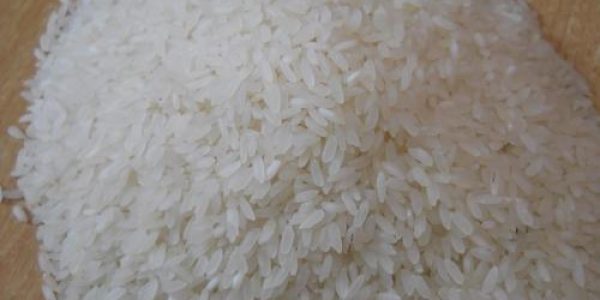


Strengths
- Majority of labor force of Malakand is employed in agriculture sector.
- Potential to be further developed.
Opportunities
The Government of KP can act upon following recommendations to increase the efficiency of this sector:
- Given low education level of local farming community and their subsistence farming approach, it is advised that:
- Agriculture department of KP, in collaboration with Agriculture University of KP, should apprise local farming community of productivity levels of different crops in their area.
- Create an environment facilitating interface among the growers, traders and exporters.
- Promote mechanism for public private partnership.
- Farmers should be encouraged by the government to plant crops in which their given area holds comparative advantage. In this regard, a certain amount of financial cushion should be provided to farmer to help them in the transition phase –– in cases where farmers are not used to or not familiar with a high yielding agricultural product.
- Regular workshops and seminars should be conducted to educate farmers on modern farming techniques. In this regard, assistance from UNFAO, USAID could also be sought.
- Ministry of Commerce should help provide the local farmers to have access of their products to the neighboring countries, i.e. Afghanistan, China and Central Asian States. As area is close to the newly developed CPEC road infrastructure, it would be a very feasible initiative.
- Ensure availability of certified plant materials.
- Minimize the pre and post-harvest losses through strategic planning.
- To make credit easily accessible to local farmers following actions can be taken
- Encourage commercial banks to offer credits to the farmers growers.
- Educate the farmers/growers how easy credit schemes could help them in getting accessories and expanding their output.
4. Conclusion
Though Malakand has grown in population and density, the housing units also increased more than 60% and basic utilities are provided. The agriculture, horticulture and mining sector present various opportunities to uplift the economy of the district. With the efforts of KP Government especially the Swat motorway project has increased the commercial viability of district. The motorway will lower the freight cost and the time of product delivery.
